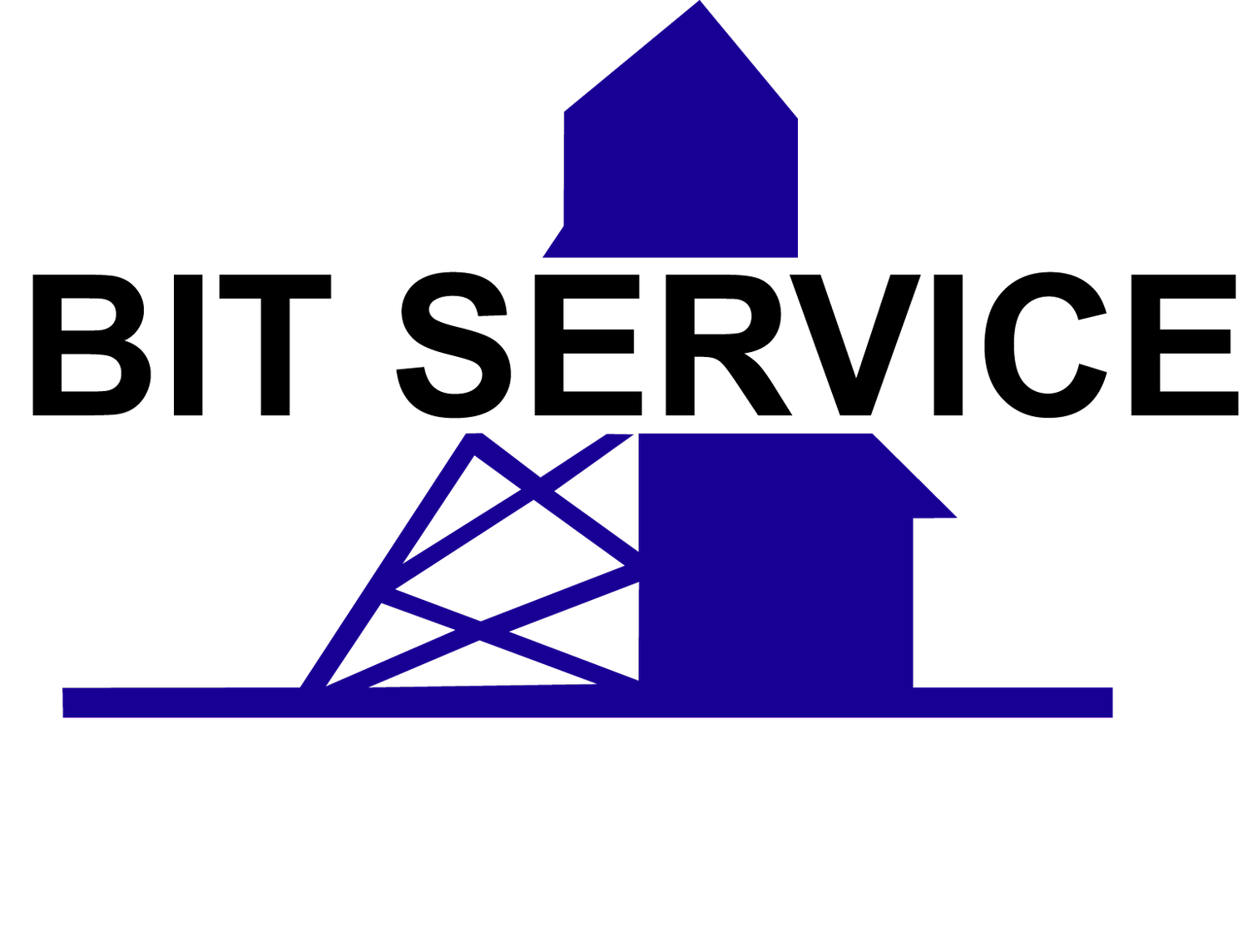CONVEYOR CHAIN MAINTENANCE AND REPAIR
By: Scott Bahr
Keeping things flowing smoothly, simply, and at optimal efficiency is the ultimate goal when it comes to mining operations. An integral element in attaining this ideal in underground mining and ore handling is possessing the highest quality—and optimally functioning—conveyor chains.
For those unfamiliar with conveyor chains, these tools of the trade have been around for a century, and provide a robust and reliable way of conveying ore from the mining face. Because the environments in which conveyor chains operate are challenging—characterized by high loads, hot and dusty conditions, and unforgiving handling—even the highest quality chains still require proper and routine maintenance to ensure peak functioning.
When approaching conveyor chain maintenance and repair, you need to consider many things. The good news is that it doesn’t have to be overwhelming, and it is doable yourself—provided you have the correct information and professional guidance.
Enter Bit Service….
We are the main supplier, innovator, and repair facility for conveyor chains for the potash industry’s boring machines, continuous miners, and road headers. We are also here to help educate, equip, and empower you to optimize your operations in many different ways, including ensuring your conveyor chains are always on point.
To get you started, we have listed a few key areas to look for on your conveyor chains during periodic inspections, which will maximize their service life and repairability:
Get a Visual (Tracking and Flights): Firstly, it’s vital to conduct a visual inspection to check tracking and flights during operation. Ensure that the chain tracks straight in the conveyor deck and that the flights are parallel to each other. If either of these is not the case, this is a sure sign that there could be chain sections, flight connecting pins, or flight bars requiring further inspection and maintenance.
Take a Closer Look (Chain Links and Pins): Secondly, do a further visual inspection of the chain links and pins themselves. This is important to schedule along with your regular preventative maintenance checks. The reason for this is that many times, a damaged component can be caught during a regular visual inspection, and if it is replaced at this time, it could end up saving you from requiring a much more involved repair than if it is neglected or goes undiscovered, thus being left to fail in service. We have all been there—left to clean up after a chain break—and it is one unfortunate event that is sure to ruin any maintenance person’s night.
Check the Chain Tension: Lastly, one of the many overlooked areas of importance is the proper tensioning of conveyor chains. This is usually checked and adjusted at the time of new installation, but like anything else, it also requires a periodic inspection to ensure the tensioning is maintained throughout its service life. Far too often, once the initial installation inspection is conducted and everything is up and running, owners will just leave it untouched until a problem arises. This is a recipe for disaster and an open invitation for costly (and avoidable) repairs and downtime in the future.
While this advice should help get you off to a great start, there is so much more to learn about conveyor chain maintenance, repair, and optimum mining operations in general. For further reference, as well as a handy, step-by-step guide on conveyor chain maintenance and repair (specifically on how you can do so safely), you can refer to one of our articles here.
Reach out to us today to discuss any questions or concerns.
